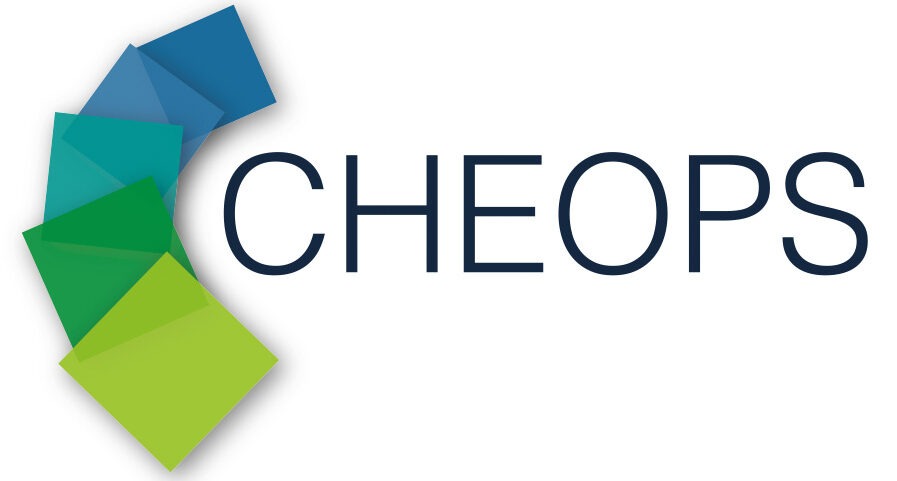In 2010, the PV sector was estimated by the EU Solar Thermal Industry Federation to employ 33,500 workers and create one new job for every 80 kW of added capacity, making it one of the largest renewable energy industries in Europe. Despite policies to strengthen investment in solar energy which is considered on of the main pillars in the EU energy strategy, the silicon PV industry today faces both practical and economic efficiency constrains.
PerTPV
Driving the performance and fabrication methodologies of high-efficiency, low-cost perovskite solar cells.
The project is aiming to advance the perovskite thin-film PV technology to the next level by undertaking a “double pronged” drive on both performance (efficiency and stability) and the development of scalable device and module fabrication methodologies, compatible with high volume manufacturing.
IMPRESSIVE
ground-breakIng tandeM of transPaRent dyE SenSitIsed and peroVskite solar cElls
The main objective of the project is to develop transparent photovoltaic (PV) cells converting selectively UV and NIR part of the light while excluding the visible range to reach colourless and fully transparent devices. To reach this ground-breaking objective, the approach is based on hybrid tandem UV-perovskite solar cell and NIR-dye-sensitised solar cell.
